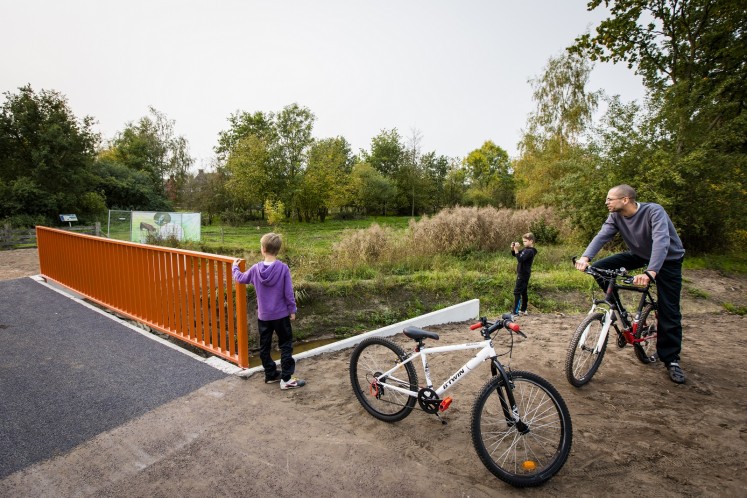“We are looking to the future, searching for a newer, smarter approach to addressing infrastructure issues and making a significant contribution to improving the mobility and sustainability of our society,” Marinus Schimmel, head of BAM Infra, said in a statement.
The crossing was printed from 800 layers of concrete and could potentially hold the weight of 40 trucks. That won’t be needed, though, as it is primarily meant to be used by cyclists. The Dutch officials, who toasted the opening, honoured the occasion by cycling over the structure, wearing hard hats.
It took more than three months to build the 8-metre bridge, which may be considered a long time. The experts believe, however, that the construction is a sign of big things to come. As 3D printing is becoming more and more available, the technology could bring ground-breaking savings in future constructions. And its reach goes far beyond bridges.
“The design freedom of making a 3D-printed house can lead to a very isolating structure, keeping out heat or cold. This would require less energy to heat or cool the house. You can make a really strong, solid structure instead of requiring multiple bricks and other smaller pieces,” Bram de Zwart, CEO of 3D Hubs, explained in an interview for mic.com.
Is the 3D-printed bridge truly a sign of things to come? What do you think? Let us know in the comments.





